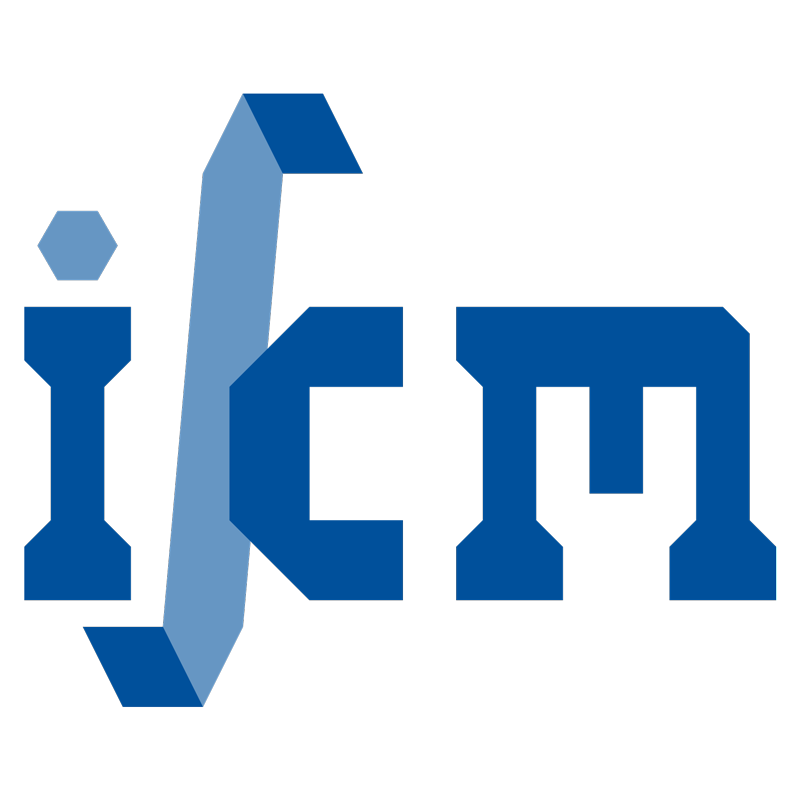Isogeometric analysis for explicit elastodynamics using a dual-basis diagonal mass formulation
- authored by
- Cosmin Anitescu, Thanh Chuong Nguyen, Timon Rabczuk, Xiaoying Zhuang
- Abstract
We propose a method to obtain diagonal mass matrices for NURBS-based approximation spaces by a “dual lumping” method. The use of lumped mass matrices is of great importance in elastodynamics problems, as they can be employed in explicit time integration schemes which do not require the solution of a linear system. In finite elements, several well-established methods, such as row-sum, diagonal scaling, or nodal quadrature methods have been used to obtain lumped mass matrices for different applications. However, for higher-order and higher continuity approximation spaces such as those derived from NURBS, these approaches have only limited (second-order) accuracy. In this work, we derive a dual basis which has optimal approximation and dispersion properties, while maintaining local support. The dual space has discontinuities at the element boundaries (knots) and it is used to provide the test functions in the context of a Petrov–Galerkin method. This results in a general framework for the study of lumped mass matrices which can be employed in explicit time integration schemes with high-order accuracy. Numerical experiments are presented to demonstrate the applicability of the method to problems with smooth solutions as well as to wave propagation problems with reduced regularity.
- Organisation(s)
-
Institute of Continuum Mechanics
- External Organisation(s)
-
Bauhaus-Universität Weimar
Ton Duc Thang University
- Type
- Article
- Journal
- Computer Methods in Applied Mechanics and Engineering
- Volume
- 346
- Pages
- 574-591
- No. of pages
- 18
- ISSN
- 0045-7825
- Publication date
- 13.12.2018
- Publication status
- Published
- Peer reviewed
- Yes
- ASJC Scopus subject areas
- Computational Mechanics, Mechanics of Materials, Mechanical Engineering, General Physics and Astronomy, Computer Science Applications
- Electronic version(s)
-
https://doi.org/10.1016/j.cma.2018.12.002 (Access:
Closed)
-
Details in the research portal "Research@Leibniz University"


